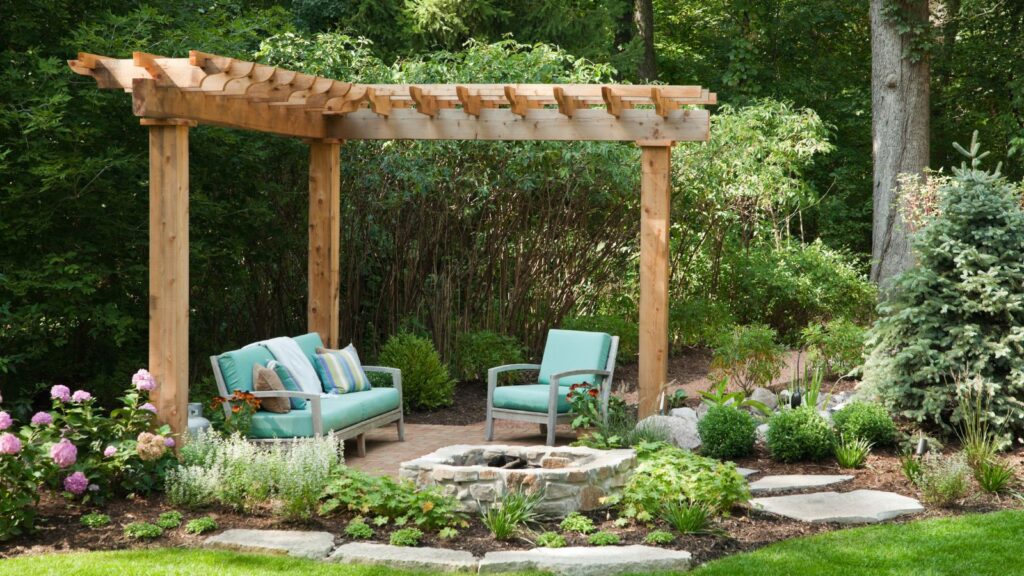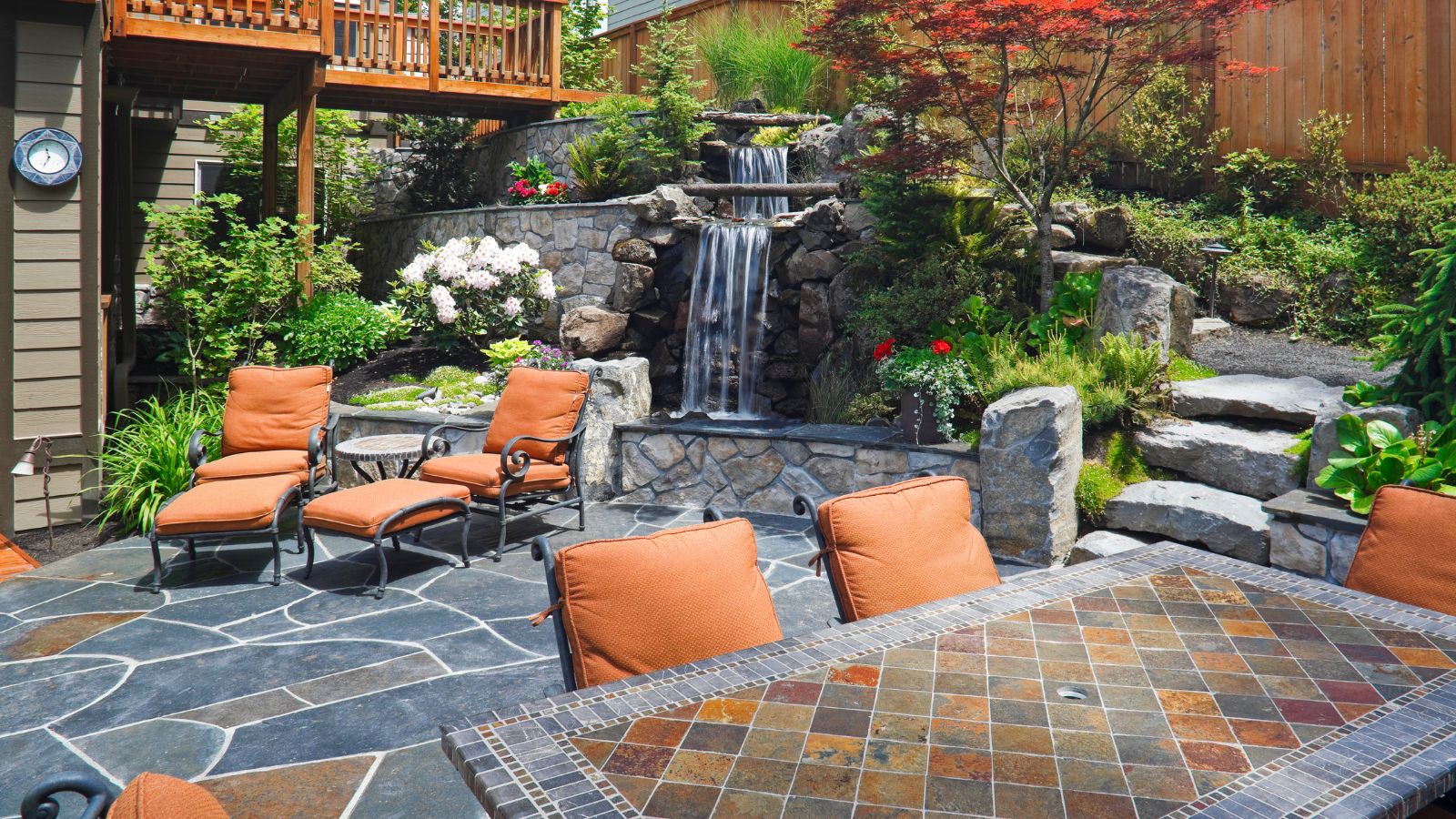As climate change continues to impact weather patterns globally, the importance of sustainable gardening practices has never been more critical. Water-wise gardening is an effective approach that not only conserves water but also creates a resilient landscape capable of withstanding periods of drought. This article explores the principles of water-wise gardening and offers practical tips to help you cultivate a beautiful, drought-resistant garden.
Understanding Water-Wise Gardening
Water-wise gardening emphasizes the use of techniques and plants that require minimal water once established. This approach is not only beneficial for the environment but also reduces the need for extensive irrigation, which can be costly and time-consuming. By focusing on native and drought-tolerant plants, gardeners can create a thriving ecosystem that supports local wildlife while conserving precious water resources.
At its core, water-wise gardening is about making informed choices. It involves selecting the right plants, employing efficient watering methods, and implementing soil management practices that enhance water retention. By understanding the principles behind this gardening style, anyone can transform their outdoor space into a sustainable haven.
One of the key components of water-wise gardening is the selection of appropriate plants that are well-adapted to the local climate. Native plants, which have evolved to thrive in specific environmental conditions, often require less water and maintenance than non-native species. For instance, succulents and certain grasses can store water in their leaves, allowing them to survive prolonged dry spells. Additionally, incorporating a variety of plant species can create a more resilient garden, as different plants may thrive under varying conditions, ensuring that the garden remains vibrant even during periods of drought.
Another important aspect of water-wise gardening is the implementation of efficient watering techniques. Techniques such as drip irrigation or soaker hoses can deliver water directly to the plant roots, minimizing evaporation and runoff. Mulching around plants not only suppresses weeds but also helps retain soil moisture, reducing the frequency of watering. Furthermore, collecting rainwater through barrels can provide an eco-friendly source of irrigation, allowing gardeners to harness natural precipitation to nourish their plants. By combining these methods, gardeners can create a low-maintenance landscape that flourishes with minimal water input.
Choosing the Right Plants
The foundation of any water-wise garden lies in the selection of appropriate plants. Native plants are particularly well-suited for this purpose, as they have adapted to local climates and soil conditions over time. These plants typically require less water and are more resilient to pests and diseases. Incorporating a variety of native species can also enhance biodiversity, attracting beneficial insects and pollinators to your garden.
Drought-tolerant plants are another excellent option for water-wise gardening. These plants have developed mechanisms to survive with minimal water, such as deep root systems or the ability to store moisture. Examples include succulents, lavender, and ornamental grasses. When selecting plants, consider their water requirements, growth habits, and seasonal interest to create a dynamic and visually appealing landscape.
Efficient Watering Techniques
Once the right plants are in place, the next step is to implement efficient watering techniques. Traditional sprinkler systems can lead to water waste due to evaporation and runoff. Instead, consider using drip irrigation systems, which deliver water directly to the plant roots, minimizing evaporation and ensuring that water reaches where it is needed most.
If an existing system isn’t functioning as intended, addressing minor leaks or clogs through timely irrigation repair can prevent unnecessary water loss and keep your garden running efficiently. Regular maintenance of these systems ensures water continues to be used effectively across the landscape.
Another effective method is to water early in the morning or late in the evening when temperatures are cooler. This practice reduces evaporation and allows plants to absorb moisture more effectively. Additionally, using mulch around plants can help retain soil moisture, suppress weeds, and regulate soil temperature, further enhancing the efficiency of your watering efforts.
Soil Management for Water Retention
The quality of soil plays a significant role in a garden’s ability to retain moisture. Improving soil structure through the addition of organic matter, such as compost or well-rotted manure, can enhance its water-holding capacity. Healthy soil not only retains moisture but also provides essential nutrients that support plant growth.
Incorporating techniques such as double digging or raised beds can also improve drainage and aeration, promoting healthy root development. Furthermore, practicing minimal tillage helps preserve soil structure and microbial life, which are crucial for maintaining a healthy garden ecosystem.
Designing a Drought-Resistant Landscape
Designing a water-wise garden involves more than just plant selection; it also requires thoughtful layout and planning. Grouping plants with similar water needs together, known as hydrozoning, can optimize water usage and simplify maintenance. Additionally, creating microclimates within the garden can help manage varying moisture levels. For instance, placing drought-tolerant plants in sunnier areas while reserving shadier spots for moisture-loving species can enhance overall garden health.
In regions where water scarcity is a growing concern, landscaping decisions may also intersect with discussions about property rights, especially when shared water sources or runoff affect neighboring lots. Thoughtful planning not only helps conserve resources but also promotes harmony within the community by respecting both ecological and legal boundaries.
Incorporating hardscaping elements, such as gravel paths or stone patios, can also reduce the area that requires watering. These features not only add visual interest but also help manage runoff and erosion, further contributing to a sustainable landscape.
Maintaining Your Water-Wise Garden
Regular maintenance is essential for ensuring the long-term success of a water-wise garden. This includes monitoring plant health, adjusting watering schedules based on seasonal changes, and addressing any pest issues promptly. A well-maintained garden is more resilient and better equipped to withstand periods of drought.
Additionally, keeping a close eye on local weather patterns can help gardeners adapt their practices accordingly. During particularly dry spells, it may be necessary to adjust watering routines or apply additional mulch to conserve moisture. Staying informed and flexible is key to maintaining a thriving water-wise garden.
Conclusion
Water-wise gardening is an essential practice for anyone looking to create a sustainable and drought-resistant landscape. By choosing the right plants, employing efficient watering techniques, and managing soil health, gardeners can significantly reduce their water usage while still enjoying a vibrant outdoor space. Embracing these principles not only contributes to environmental conservation but also fosters a deeper connection to the natural world. With careful planning and dedication, a beautiful, water-wise garden is within reach for everyone.



More Stories
How to Find Great Bel Air MD Roof Replacement Companies
How Artisan Materials Like Clé Tile Can Boost Your Home’s Value
Vinyl Roofing: The Ultimate Guide to Durable and Cost-Effective Roofing Solutions